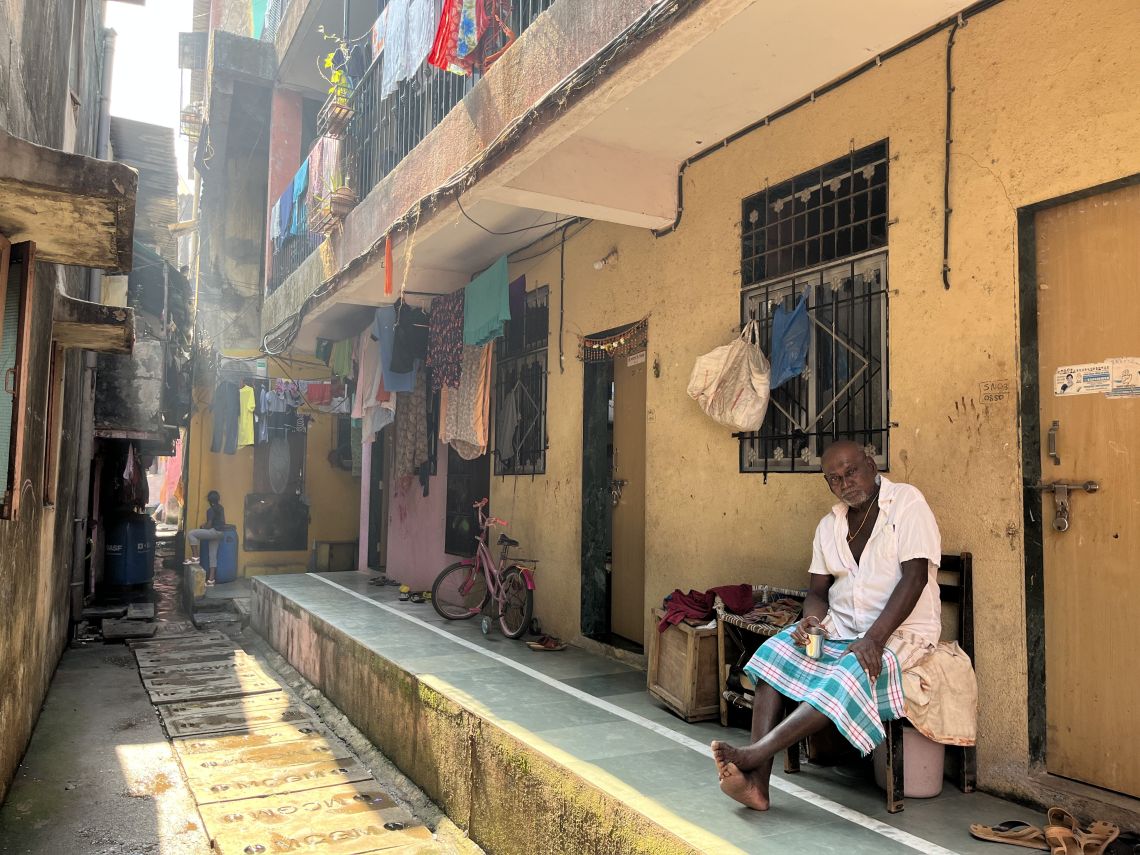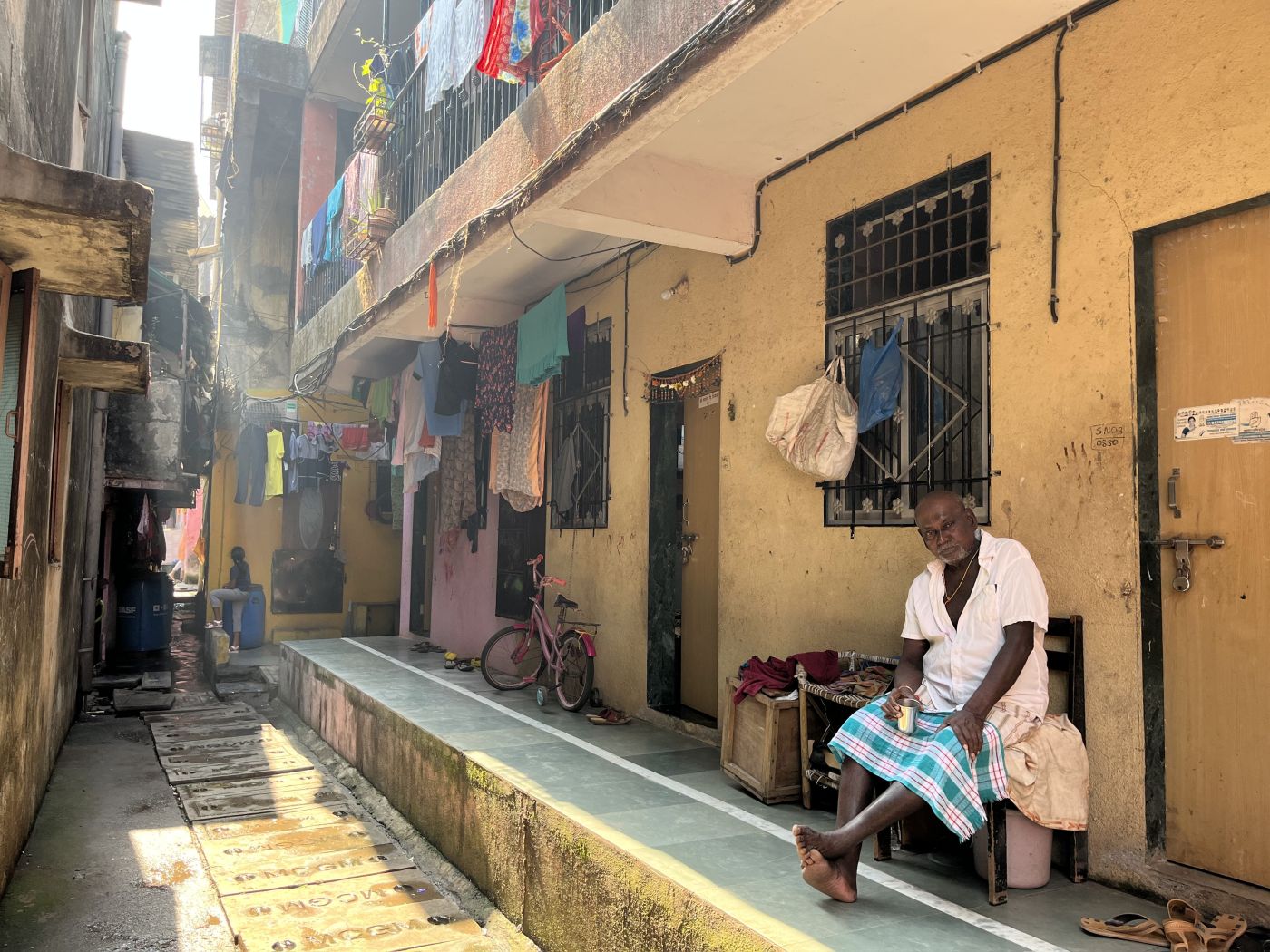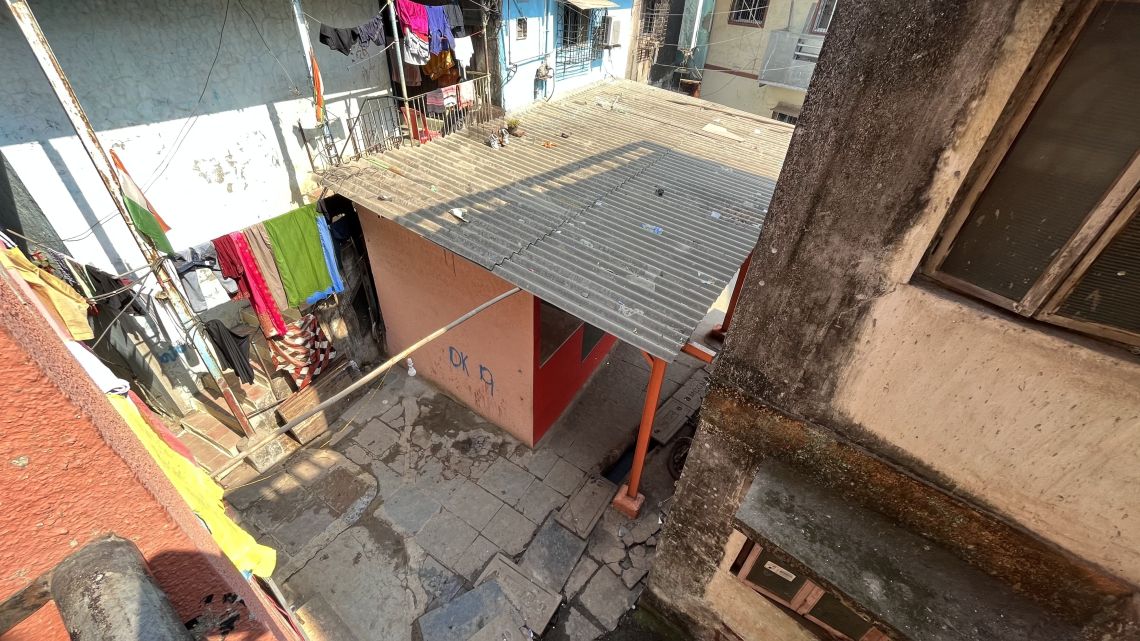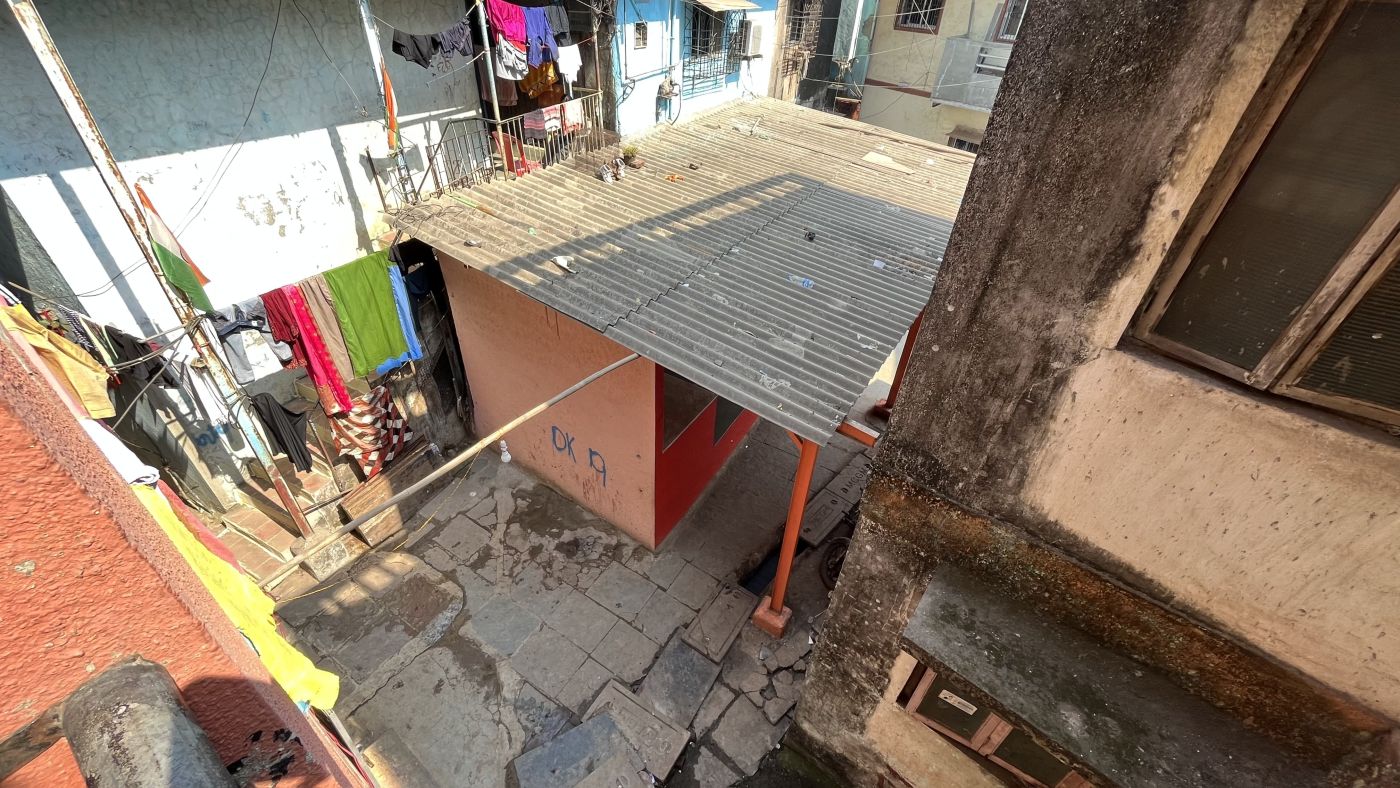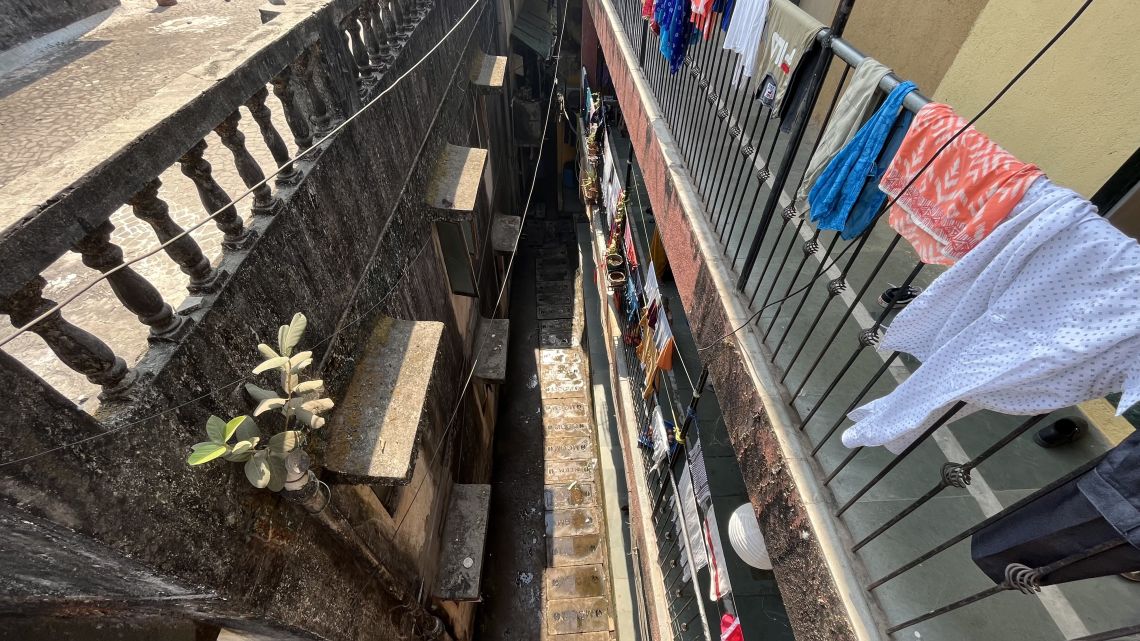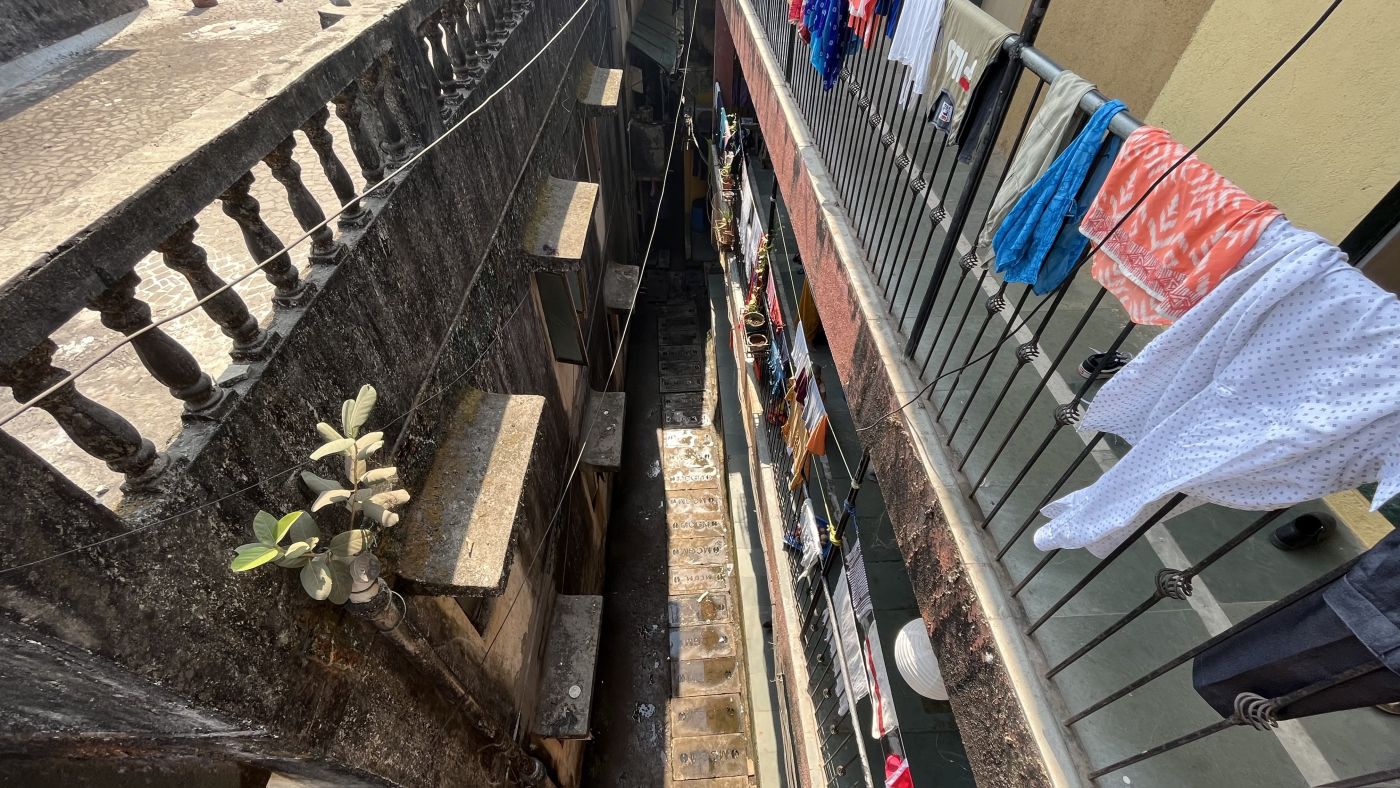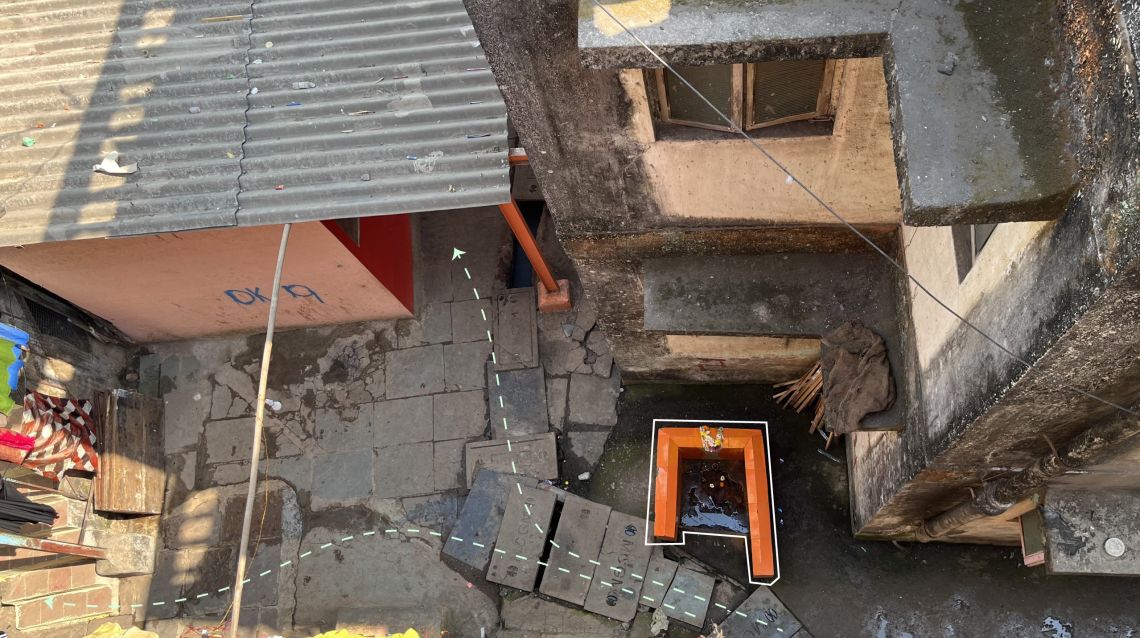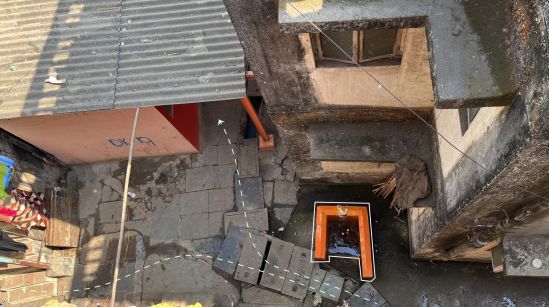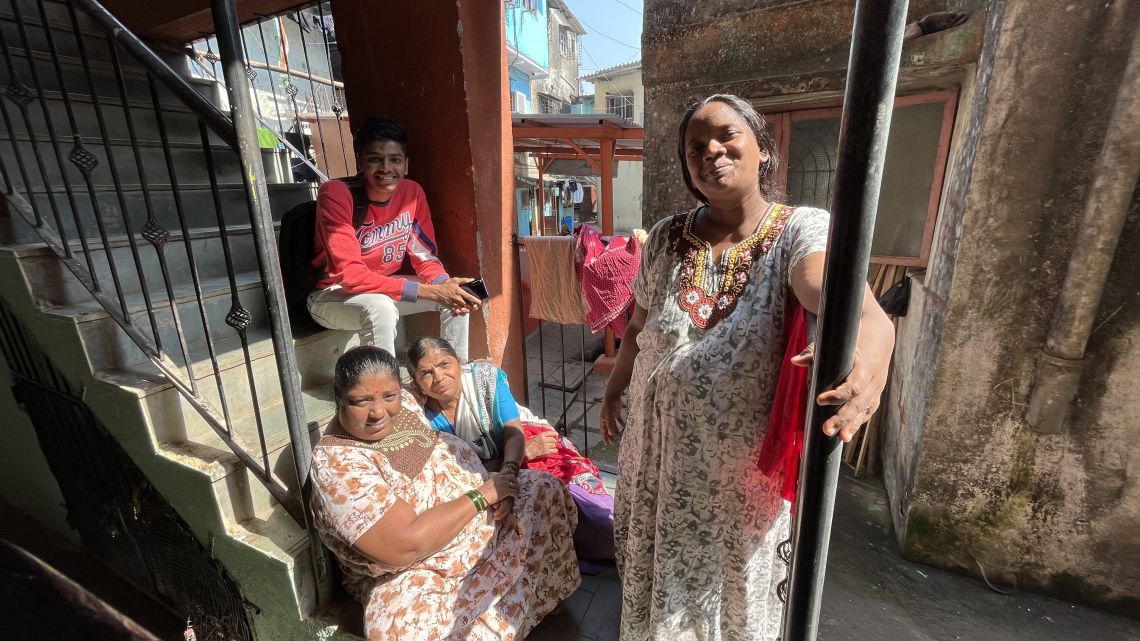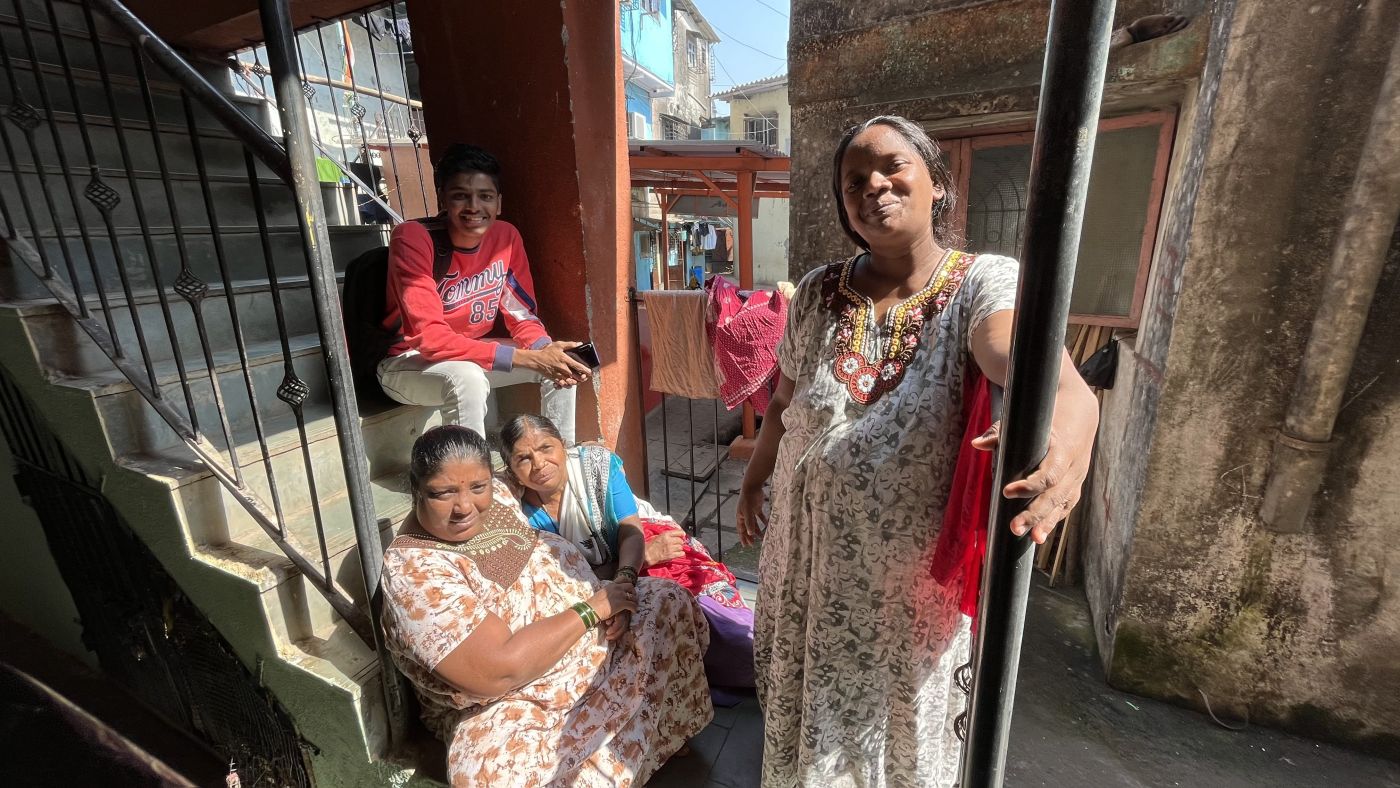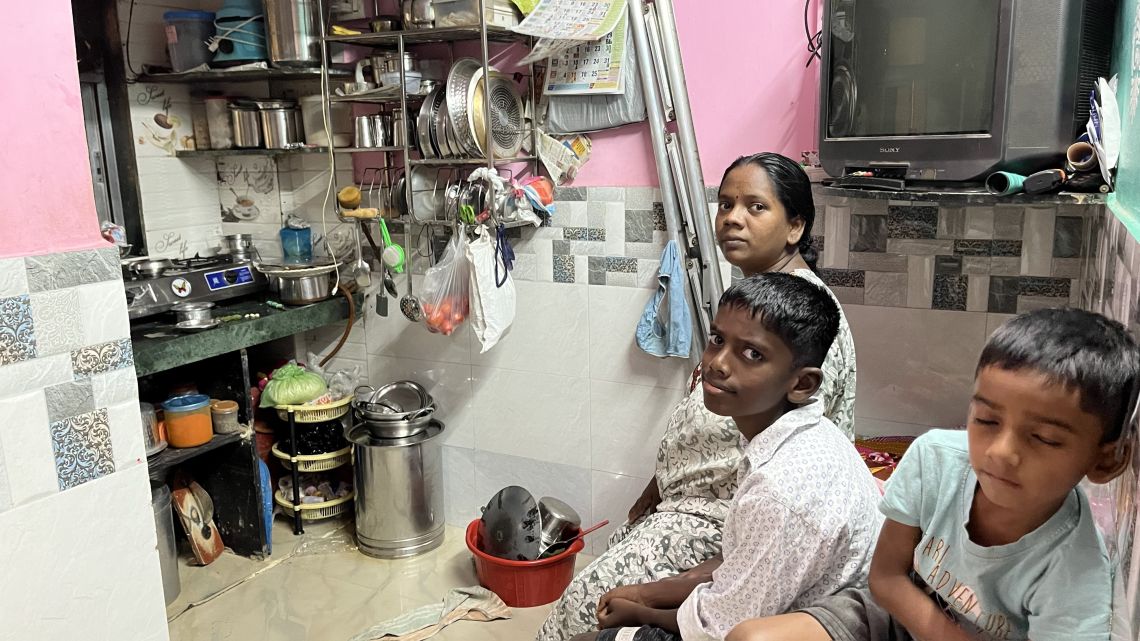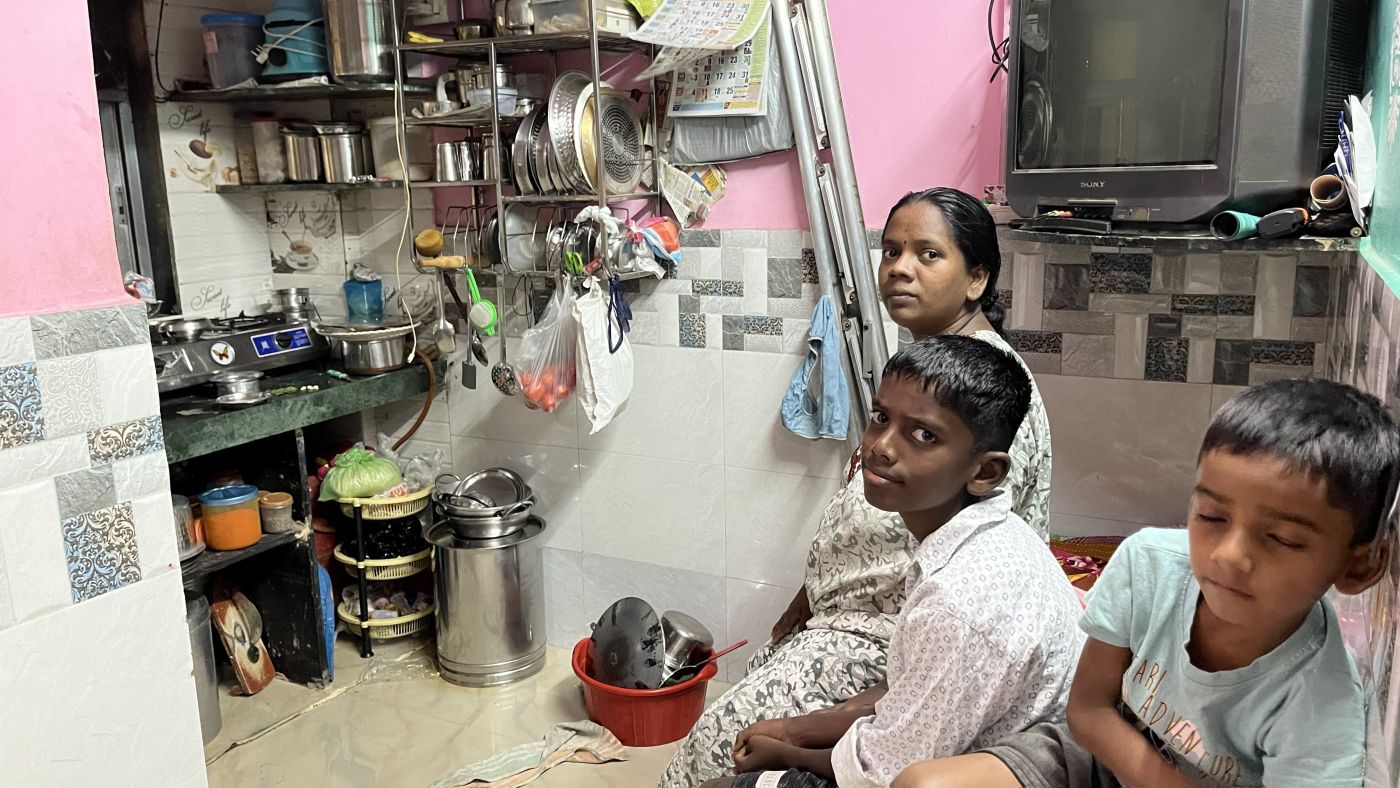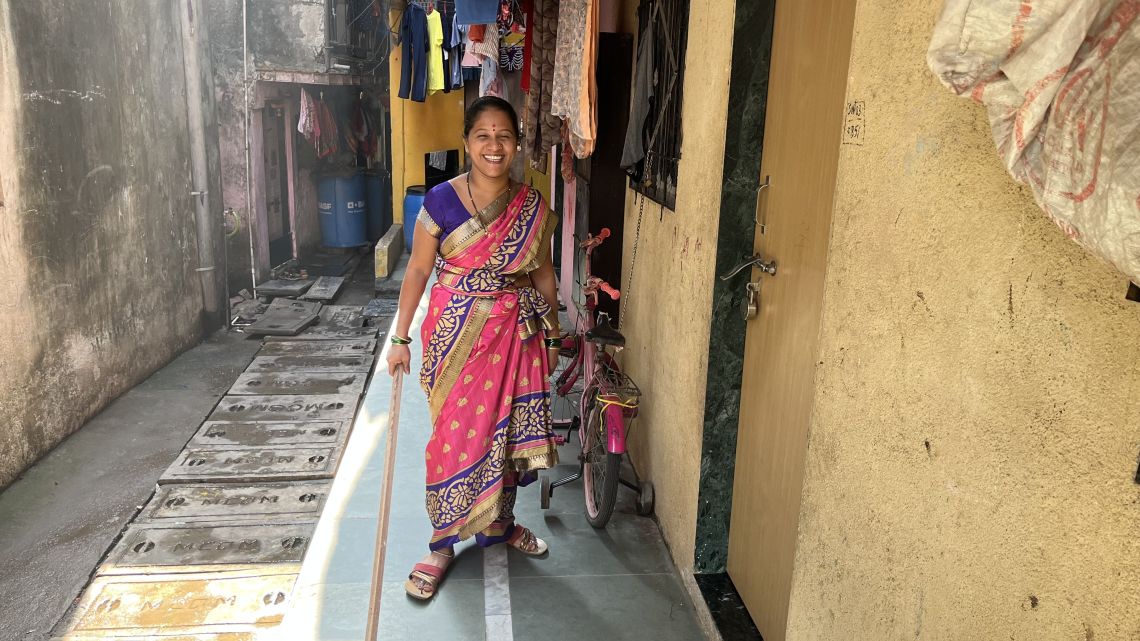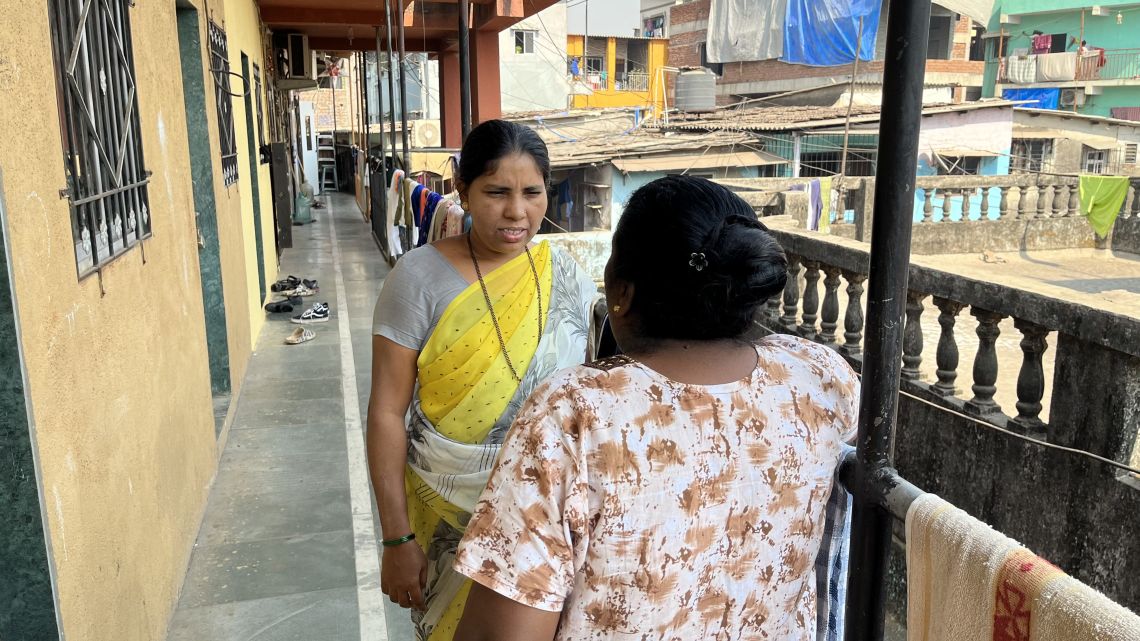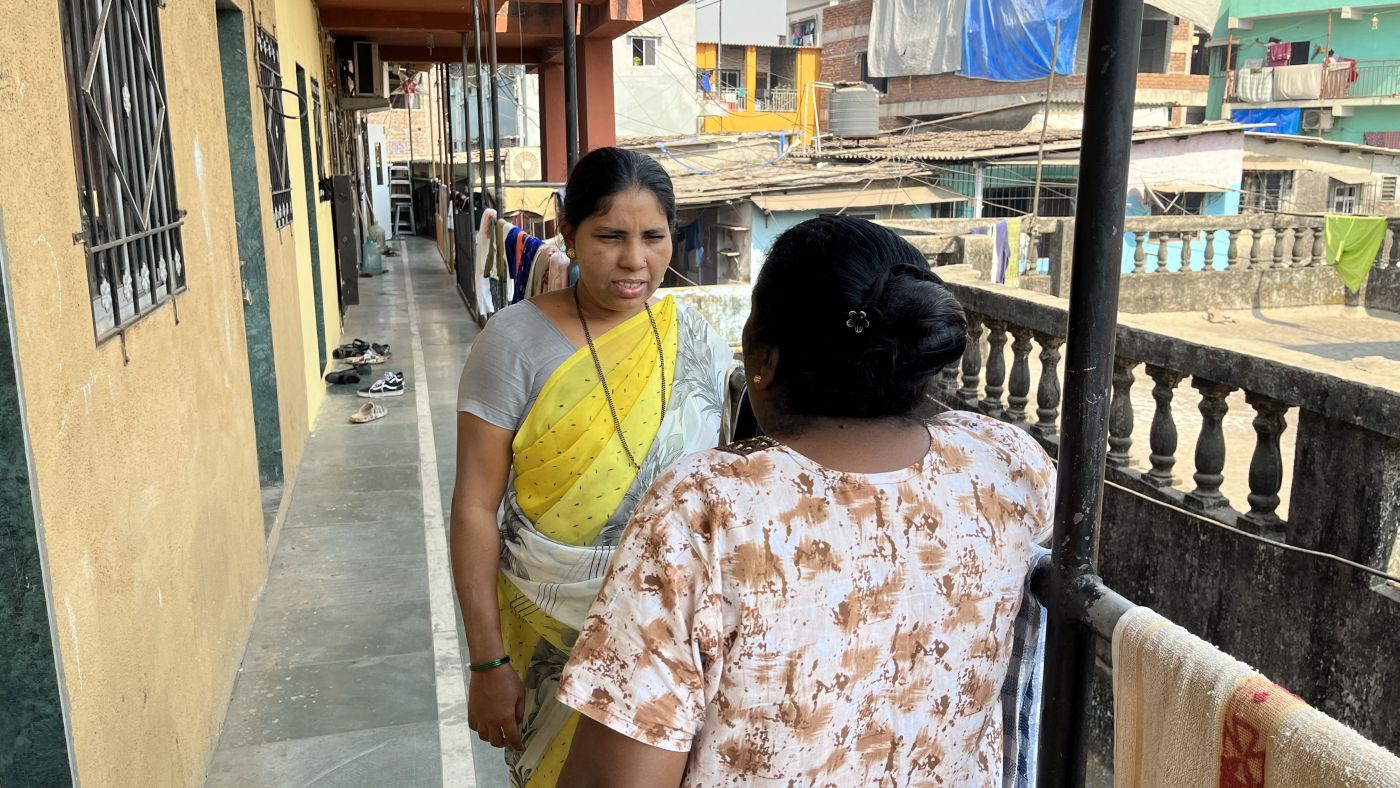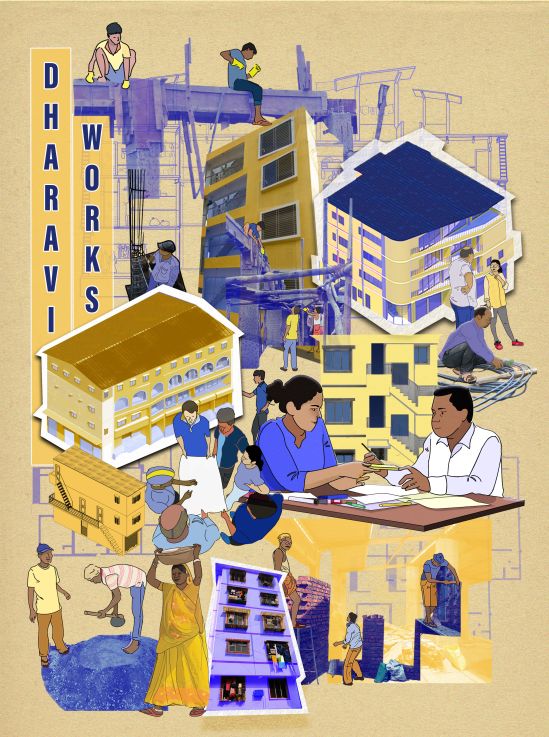Diverse Aspirations - The Case of Jairam Sheth Chawl
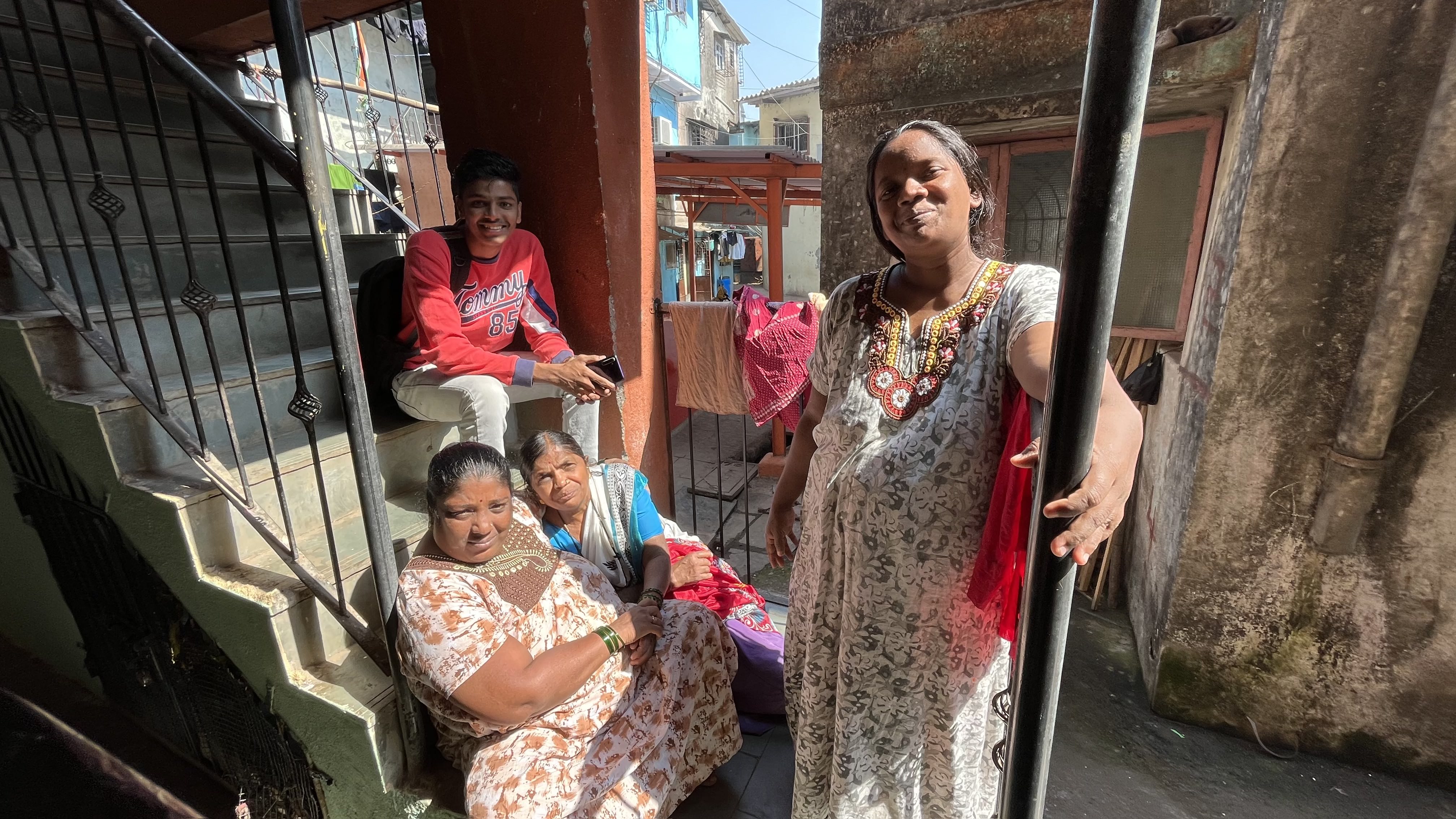
Diverse Aspirations - The Case of Jairam Sheth Chawl
This blog looks at the aspirations of the residents of Jairam Sheth Chawl, of what they want to become and where they want to eventually live, with improved standards of living. Jairam Sheth Chawl is one of the chawls redeveloped by the residents, in collaboration with the local contractors and urbz in Dharavi Koliwada, that suffered severe water-logging issues, along with rainwater entering their houses during monsoons. It is a three-storeyed chawl with all the rooms on one side and a linear corridor stretched in front, overlooking the religious shrine and a small open space. A tightly spaced environment with buildings on three sides and a religious shrine on the fourth, the chawl also faced issues with ventilation and direct sunlight before the redevelopment
Upon interacting with the inhabitants of the chawl, it was discovered that some of them were extended families living together. These families accommodated 6 houses out of the total houses within the chawl. The family interacts with their surroundings and experiences it differently due to the trust and comfort they share with one another. Over the years, they have been successful in forming the same bond with the rest of the residents as well. This allows them to spend more time in the public realm together such as the shared corridors and on the staircase during most of the day. The residents celebrate festivals and special occasions together and often help each other in times of need. The social interactions among them helped them know one another, learn about each other's cultures, and develop common interests, concerns, goals, and most importantly trust, which eventually form the core of community living.
It is in the nature of humans to form relationships with their surroundings, be spatial or social. While interviewing, we realized how pertinent relationships within themselves and with their surroundings are for one to thrive in the socio-spatial structure of a country like India, and especially Dharavi, which is a hub for several cultural sects to co-exist together. These residents have been successful in doing so, through adapting lifestyles and traditions. As an example, you will see small shrines created on their pathways for the ‘sea rock’ that they worship, and all the people in the community and neighbourhood respecting it and carefully walking around it while passing by.
Due to the understanding and trust they share, the residents seem content with the lives and homes they are living in after the redevelopment. However when asked about what their dream home would look like, one of the residents who was born and raised in Dharavi excitedly replied, ”I wish to have an individual bedroom, a hall room with a separate kitchen, and a big room for all kids to study in.” Another female resident said,” Whenever I see a home on TV, I imagine how it would be to live there. I would want to live in those flats” she confessed shyly. But for some imagining beyond what they live in is impossible.” Another resident expressed that for her, a dream house is this very chawl where she lives currently. Adding to this conversation of dream homes and aspirations another resident remarked.“I don’t like the title of living in the slum. I would want our kids to have a bright future and move out of the slum” said a college-going boy who has spent his entire life here. From talking to these residents, it seemed that almost all of them dreamt of living in separate flats in urban areas. They wished for an improved standard of living in neighbourhoods that are not called “slums”. Being ‘residents of slums’ is something they did not want to be associated with, for long, even though it provided them with a healthy socio-economic and cultural environment as stated by them. Some aspire for a better status in life. Some aspirations come from watching some things on television or while passing by on the roads, some come from the worry for the betterment of their children, some are limited due to harsh realities of life while some aspirations are born from hope. They are all diverse and unique in their way.
While all these aspirations were reasonable, some of them contradicted the lifestyle they currently enjoy the most, that is, community living. Moving to separate flats with bigger living spaces and walled territories and decreased shared spaces, might lead to living in isolation. As said by Jane Jacobs, “Dull, inert cities do contain the seeds of their own destruction.” Those might be people of the same economic or geographic group that might not know each other at all, leading to little activity on the outside, dull spaces, and a constant feeling unsafe environment. How do they build communities that are trusting and supportive, that can reflect and embrace the diversity of backgrounds and cultures that took them years to build in this chawl? A psychology theory says, the richer the person becomes, the more isolated he/she becomes. Hence in order for strangers to form communities, they need to be provided with shared spaces and economic opportunities that can allow them to mix naturally with increased chances of accidental encounters and chances of interaction. Jane Jacob in her book explains that “It is possible in a city street neighbourhood to know all kinds of people without unwelcome entanglements, fears of giving offence, embarrassments respecting impositions or commitments due to the presence of the sidewalk”, a shared public space, which allows people who are very different from oneself, to engage with each other. “Such relationships can, and do, endure for many years, for decades,” she said. It is absolutely essential to form authentic relationships around you and preserve them, to thrive in the sociocultural context of life.
